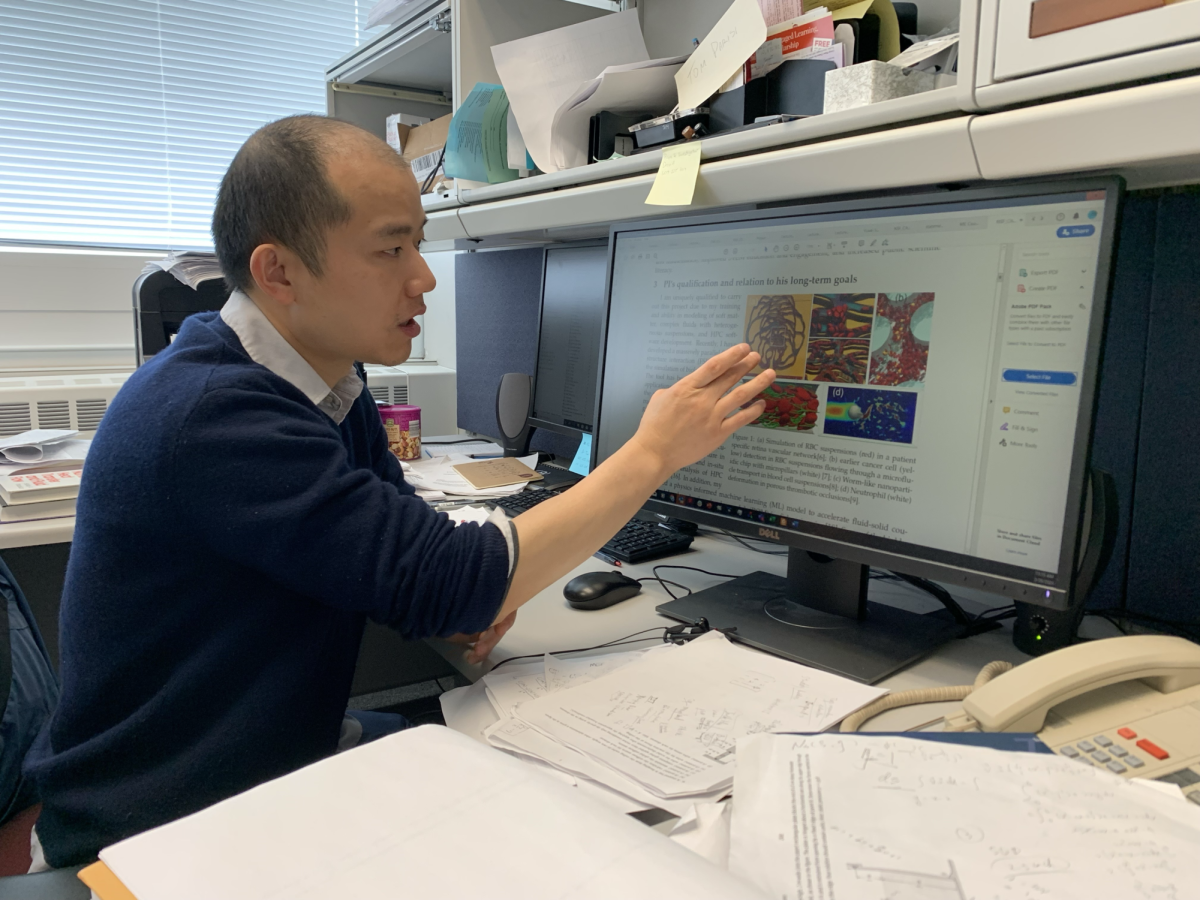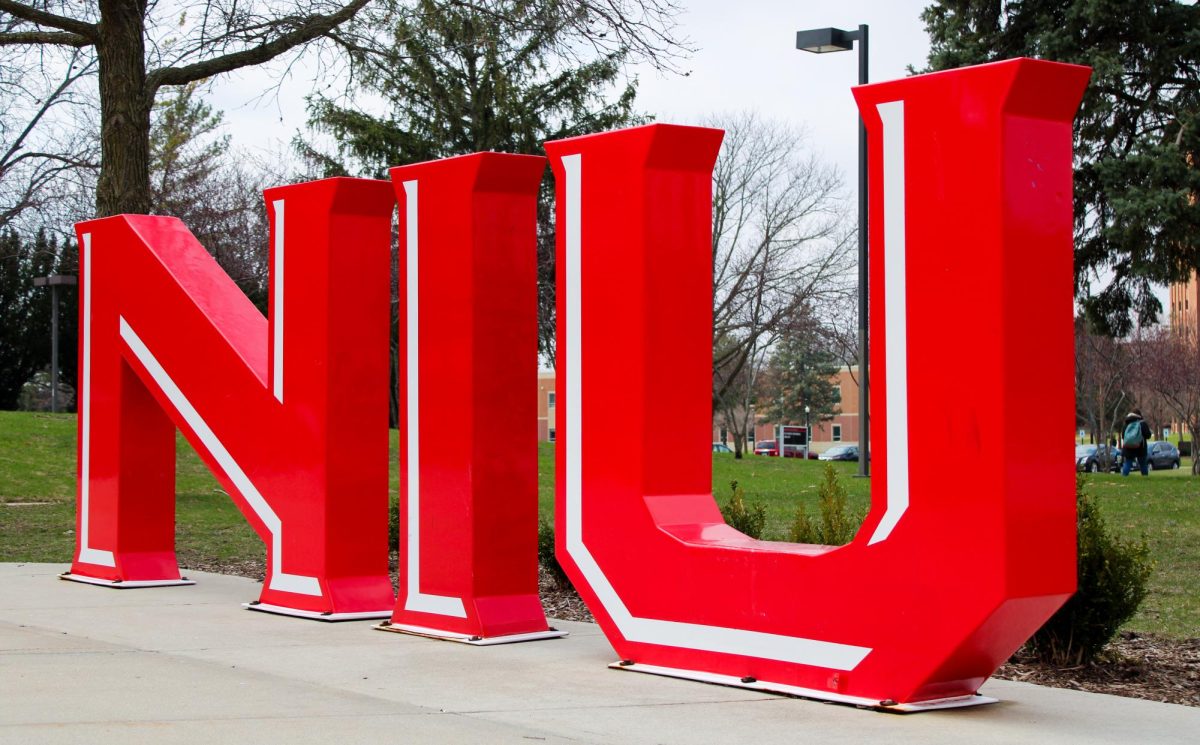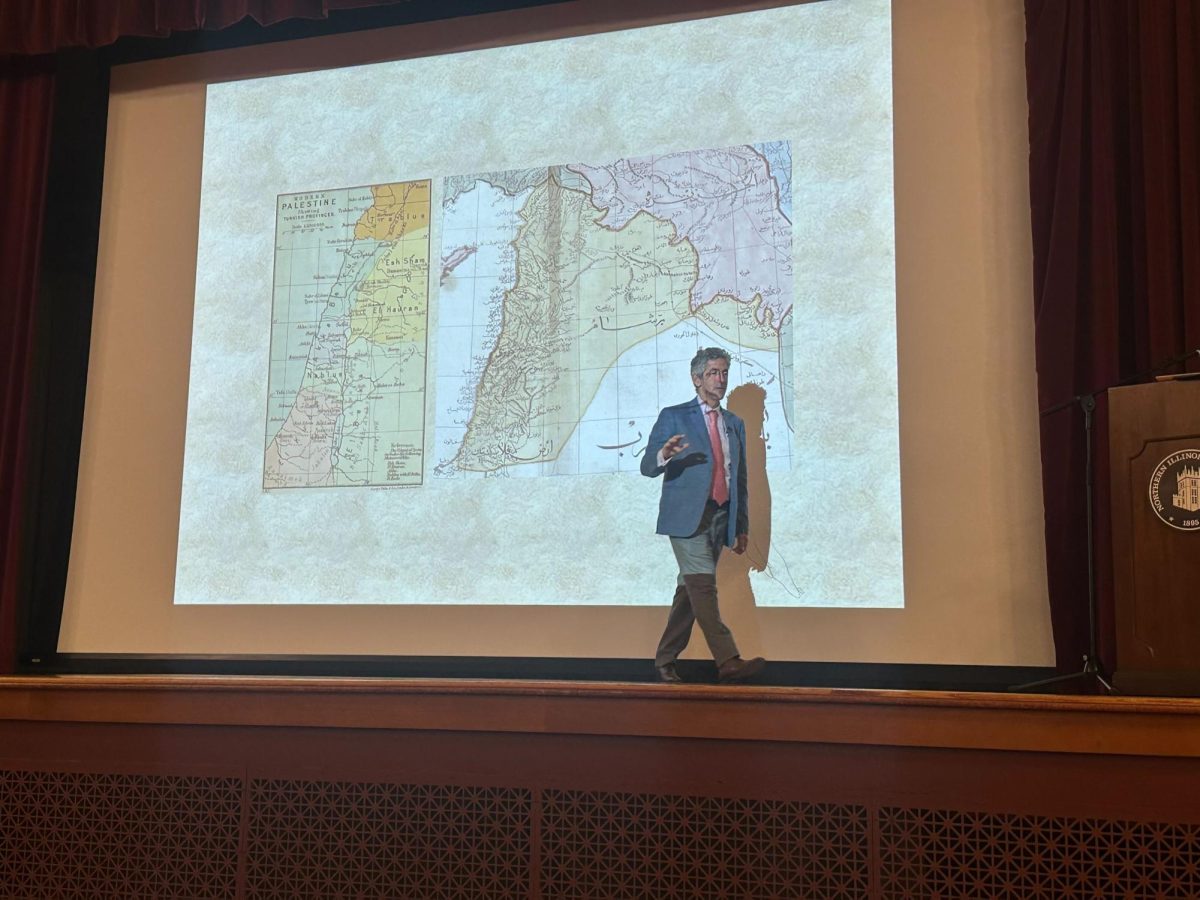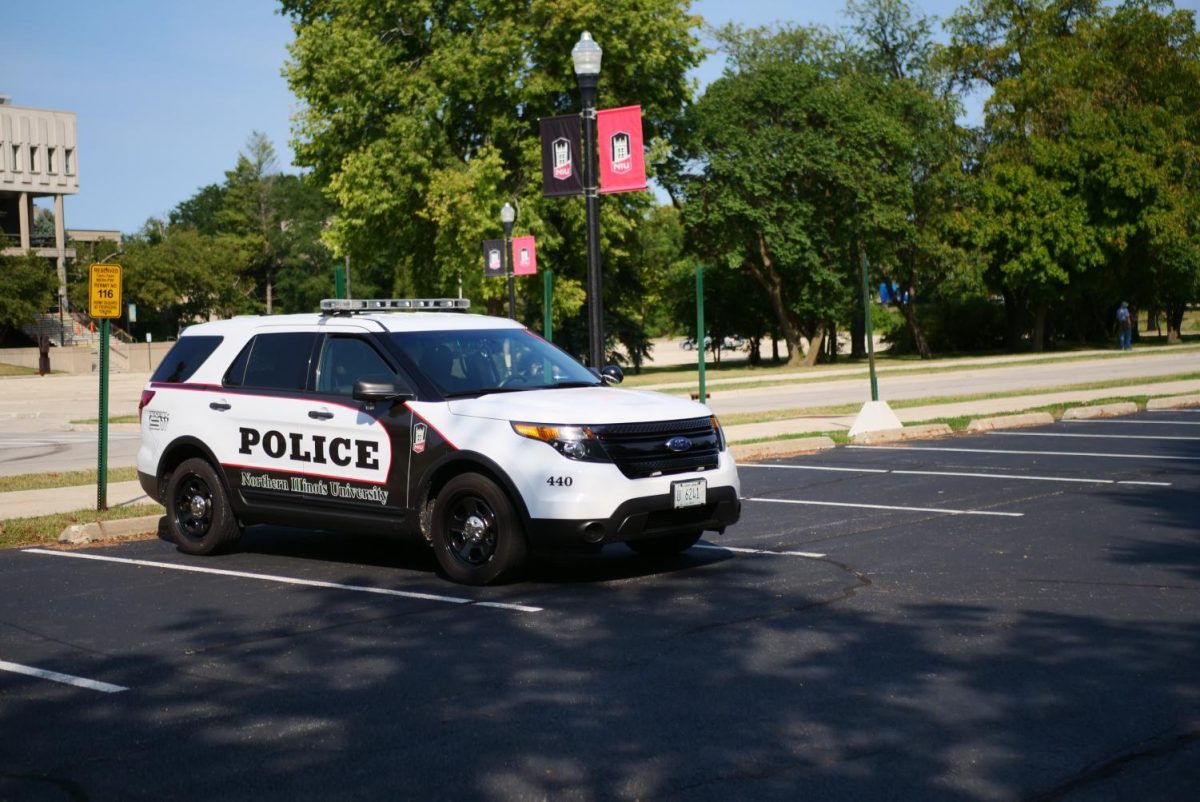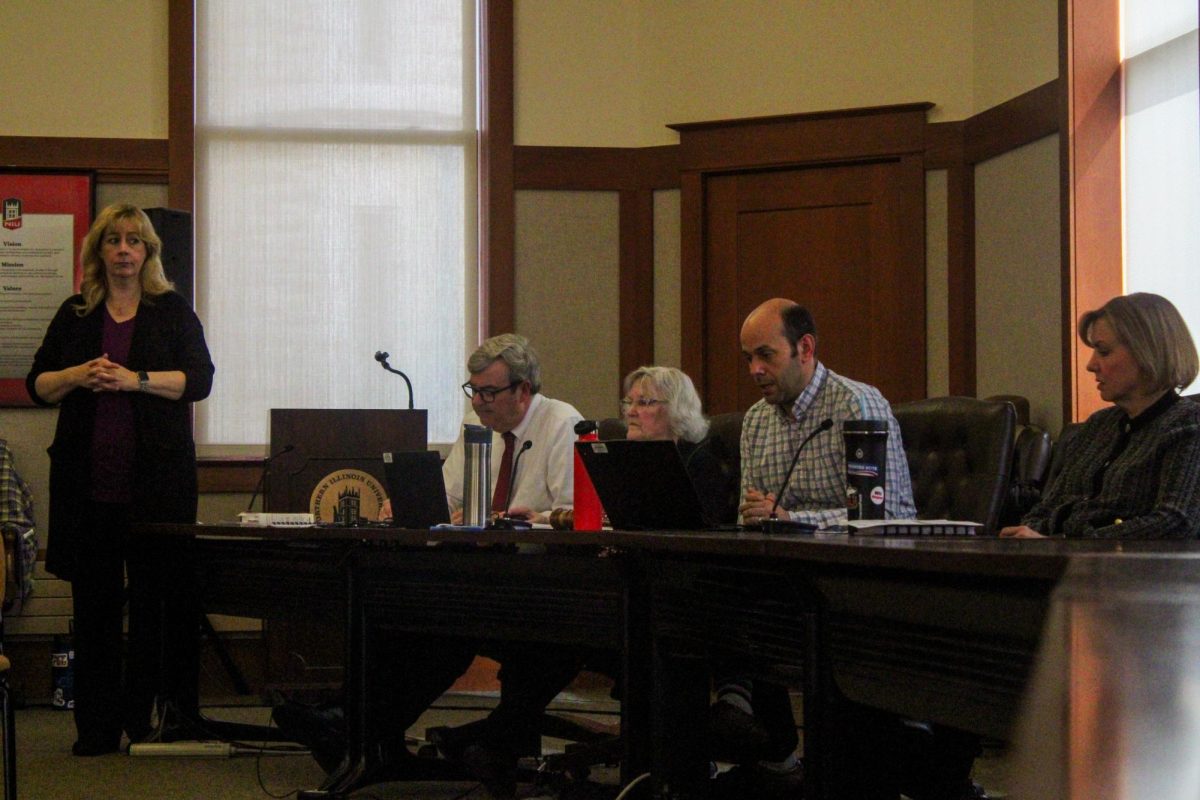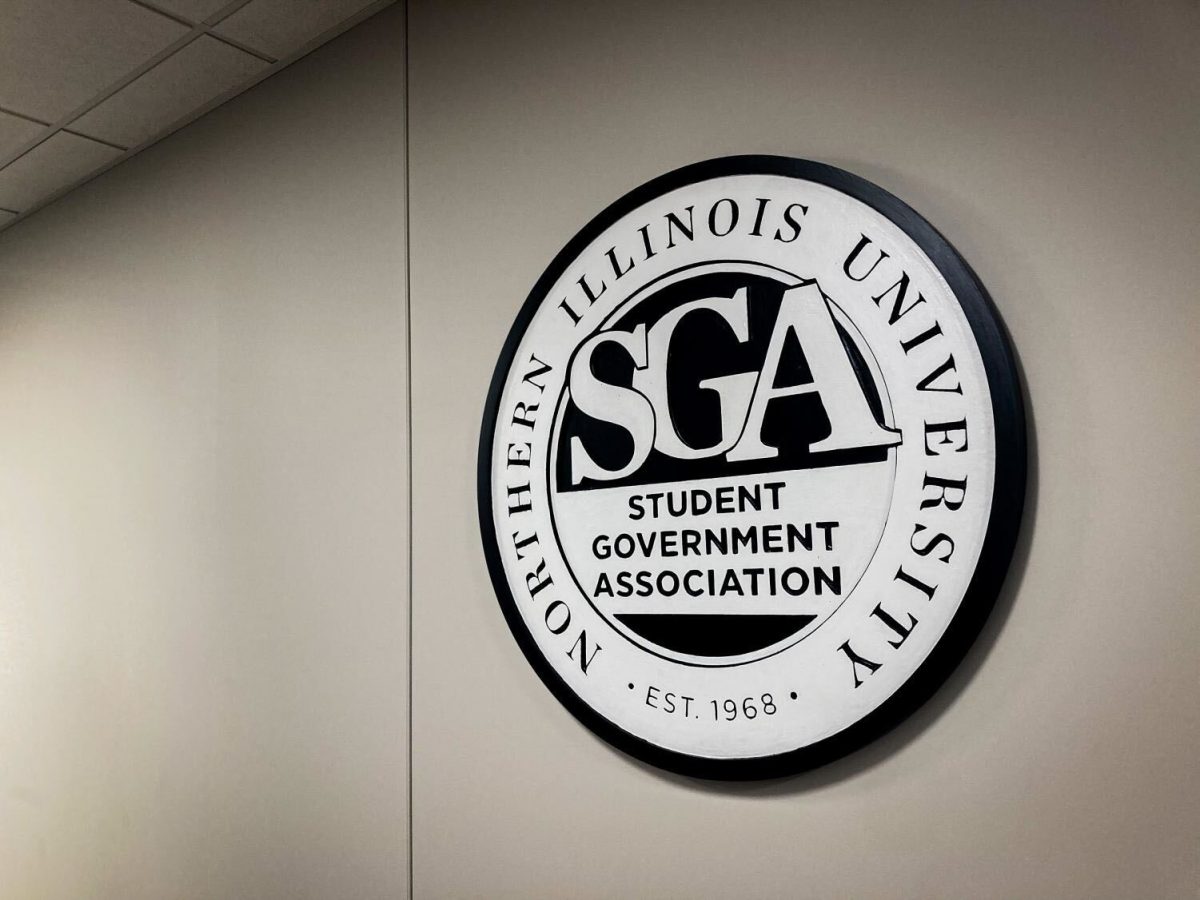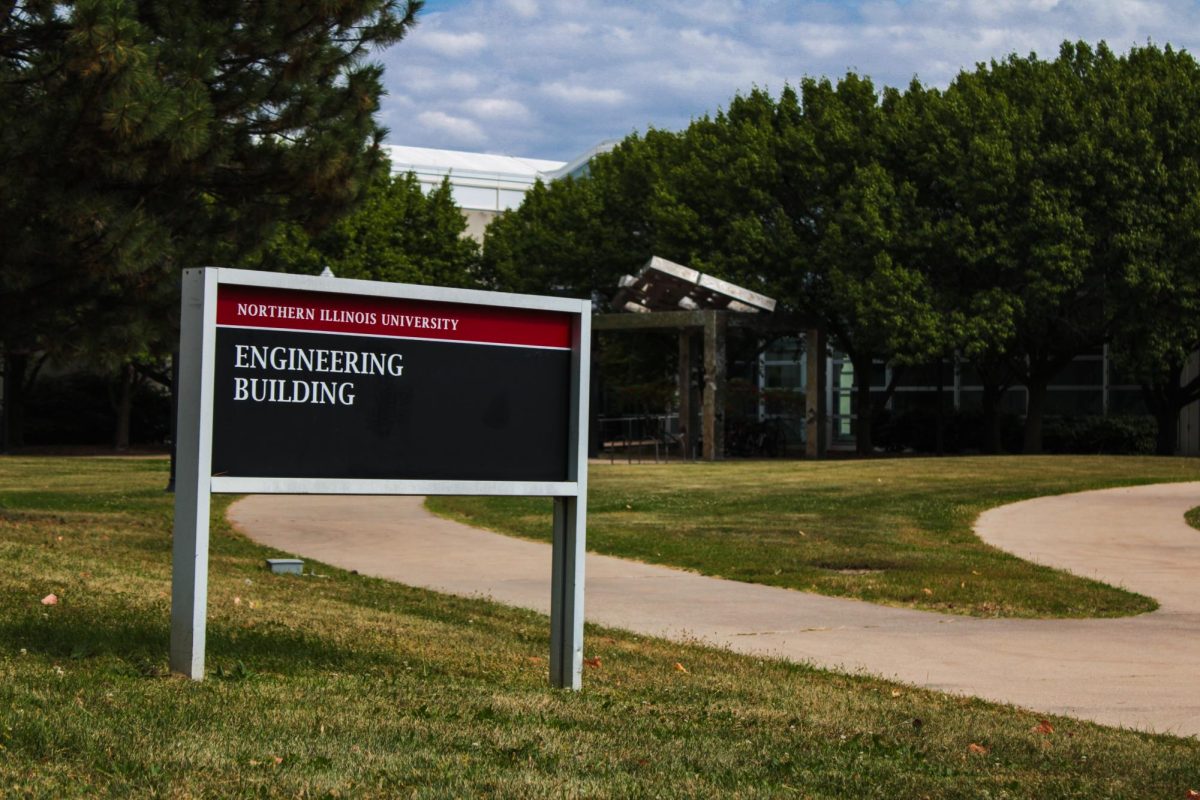DeKALB – Heart disease is the leading cause of death for men and women in the United States, according to the CDC, but the real mastermind behind these cardiovascular diseases is blood clots.
Jifu Tan, an assistant professor for the Department of Mechanical Engineering, is working on a five year project to change this issue.
Tan recently received a Faculty Early Career Development Program (CAREER) grant of $500,000 over five years from the National Science Foundation.
The CAREER award is considered the most prestigious award presented by the NSF. The award is used to support junior faculty who represent the role of teacher-scholars through their research and education.
Through his research, Tan hopes to explore the thrombus or blood clot formation process in humans by building a model to better understand the fluid mechanics and specific elements that cause clotting in order to predict and prevent clotting to prevent heart disease in patients.
“Based on what we learn, you know, treat the circulating system as a mechanic system, how we can understand it, how we can provide a better prediction and treatment for the patients, that’s how I get involved, you know that’s where the inspiration come from,” Tan said.
Tan employs his mechanical engineering knowledge through his interests in computational fluid dynamics and microfluidic application as he asks people to consider that the human body is just like a piping system.
“As a mechanical engineer who is specialized in fluid mechanics, we study flow,” Tan said. “Then we can apply the fluid mechanics knowledge to understand why clots form.”
Tan explains that just like a clog in a kitchen sink, blood clotting occurs when red blood cells, platelets or even fatty, cholesterol-containing deposits block arteries and stop blood from getting to vital parts of the body.
“That clot will be made of red blood cells, platelets – it’s a small cell that is mainly responsible for stopping the bleeding – and they have some other cells, like white blood cells, could participate in the blood clotting,” Tan said.
Unlike scientists who have solely researched clot formation, Tan’s research will work toward creating a computational model to fully imitate how clotting occurs by creating a digital and 3D printed model blood vessel.
Red blood cells, which carry oxygen from the lungs and deliver it throughout the body, are around 1/10 of the thickness of a strand of hair, according to Tan. Platelets are a quarter of the size of a hair.
With most arteries being only a few millimeters long in diameter, Tan will rely on NIU’s high performance computers to use a one dimensional equation for blood flow to calculate and test clotting scenarios.
The 3D printed large-scale model on the other hand will test those equations and try to imitate a human blood vessel as closely as possible, which includes blood, a beating heart and several other bodily factors including pulsatile flows, collision from blood cells and vessel dilation.
“The reason we can do that is because we can take advantage of those high performance computers. Those kind of simulations are quite expensive,” Tan said.
Tan’s research will additionally be developing a novel teaching tool ACCENT Advanced Computing and Communication Engineering Notebooks for Teaching, commonly used by engineering students. Tan’s formulas and research will become a part of the electronic version that intends to simplify note-taking and automatically convert units for equations and homework.
The findings will additionally be included in NIU’s STEM Fest and NIU’s engineering summer camp for students K-12 to become interested in STEM.
Professor and Chair of the Mechanical Engineering Department Tariq Shamim recognized Tan’s work and its designation by the NSF.
“I am very proud of Dr. Tan who received the prestigious NSF CAREER award, which is a significant milestone not only for Dr. Tan but also for our department,” Shamim said.
“The grant will support Dr. Tan’s research aimed at enhancing our understanding and prediction of clot growth in blood vessels, potentially leading to life-saving advancements.”
Tan’s work for his clot formation abstract will officially begin on Sept. 1 and is estimated to finish at the end of August 2029.
The five years of research and experimentation are necessary for the computation time of NIU’s high performance computer, to compute blood flow formulas, according to Tan. In the meantime, he believes five years will be enough to garner significant data toward the clot formation process.
“I don’t know how long, maybe it won’t be achieved in five years, but at least in five years, we should have some preliminary data to support, to improve the model and to make it faster and easy to use,” Tan said.
Tan’s goal for his research is to apply his findings to current medical technology and practices to better diagnose patients with blood related issues and decrease the risk of heart diseases.
“Eventually, we would like to push the model there so that it could be used for diagnosis and to help doctors to make a decision, like what would be the best treatment or how you should do it and those kind of things,” Tan said.


